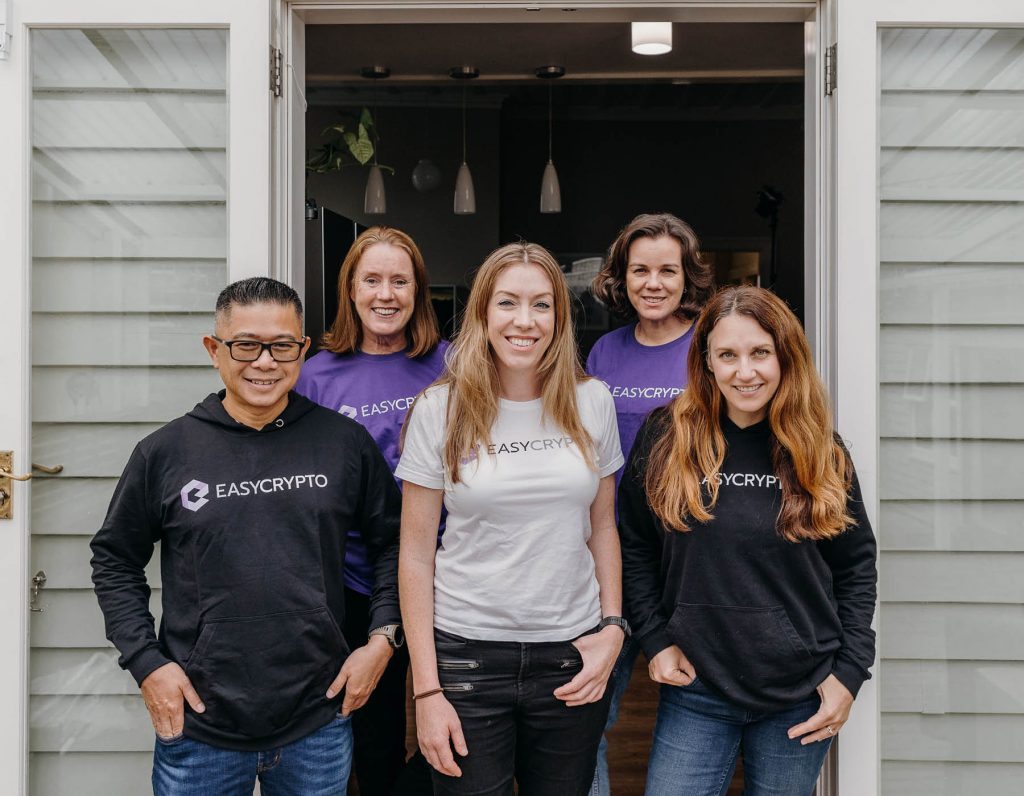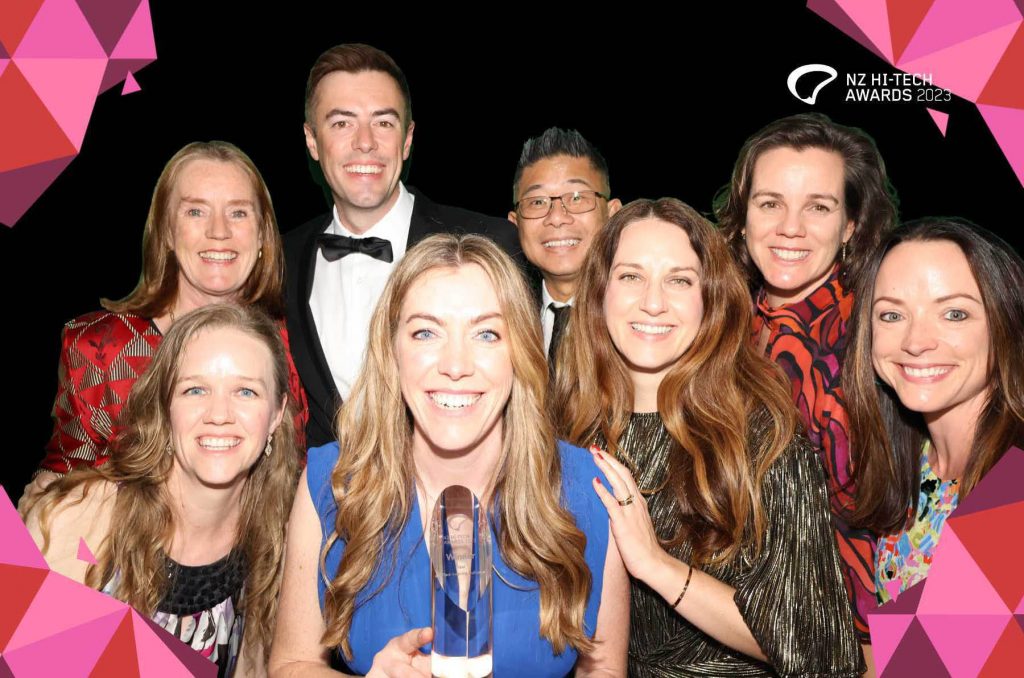Language
You can read the magazine in one of the following languages
The path to CEO is typically a linear ascent that looks something like this: earn a bachelor’s degree, find an entry-level job, earn a master’s degree, seek advancement and then secure a board position. Pretty cut and dried.
Janine Grainger, Co-Founder and CEO of Easy Crypto, however, took a more unconventional route. Her journey started with leaving high school at 15 and eventually led to an unexpected partnership with her brother, Alan Grainger, to start the fintech disrupter.

“I was a high school dropout, which people often find a bit interesting,” she tells The CEO Magazine. “I just didn’t enjoy school. I’m a natural entrepreneur, and my journey has shown me that success doesn’t always follow the traditional path.”
While cryptocurrency got its start with Bitcoin in 2009, Grainger says 2017 was the year it reached its peak.
“Cryptocurrency was having one of those big bull runs at the end of 2017,” she says. “It was all over the media and people were talking about it a lot.”
However, despite cryptocurrency’s popularity, New Zealanders faced a significant hurdle in accessing it.
“Not only was it hard to access, it was also really expensive. Cryptocurrency prices in New Zealand were 15 percent or more above the global spot rates, which was a bad outcome for Kiwis,” Grainger recalls.
To her, it just didn’t add up.

“Crypto is a fully digital product with no shipping costs,” she points out.
However, therein lies the opportunity.
“There’s a bit of market capture there if people are able to put such big markups on a product that doesn’t cost anything to get to New Zealand, as opposed to other countries.
“So my brother set out to solve this problem, building a way for Kiwis to easily buy and sell cryptocurrencies. And I came along on the journey to help round out his skill set. There’s some magic about the combination of me and Alan – I’m a great ideas person, and he’s amazing at execution.”
Grainger, a Young Presidents’ Organization member, has also based her recipe for success on a secret ingredient: BHAGs – or big, hairy, audacious goals. She first encountered this term during one of Easy Crypto’s early strategy planning sessions when Logan Wedgwood from Advisory Works introduced the concept.

“At that session, we crafted our first BHAG. We wanted to achieve NZ$1 billion [US$602 million] in sales, which seemed completely audacious because we were just two kids building this thing in our spare time. It didn’t seem achievable. But we smashed that goal out of the park in about four years.”
However, success doesn’t come from having lofty goals alone – they just spark the flame. The formula for achieving success, Grainger says, is goals plus focus plus measurement.

“The secret is to set a goal that seems crazy, unobtainable even. Then break it down into milestones, looking at what quarterly actions need to be taken to try to hit those milestones,” she explains.
“With this, you’ll likely end up not only reaching your goal, but exceeding it. It really underscores the belief of having goals, focusing on how to get there and then measuring what matters to achieve success.”
Easy Crypto has a workforce of roughly 80 remote employees spanning six different countries, and a staff engagement rate of 95 percent. Employees regularly take staff engagement surveys, which feature statements such as, “I’m proud to work for Easy Crypto” and, “I enjoy the work I do at Easy Crypto”. Consistently, the majority respond “Yes” or “Absolutely” to those two questions, Grainger says with a smile.
At a time, when the topic of flexible and remote working brings up a heated debate, with an increasing number of companies demanding employees return to the office, Easy Crypto makes the case for embracing remote work as a viable and fulfilling alternative. It’s a bold move that Grainger is passionate about supporting.
“I’ve worked for many companies before, from big corporations to government agencies. And I know what it’s like to hate going to work and having that soul-destroying feeling of having a job that you don’t enjoy and a workplace that you don’t want to turn up to,” she reflects.
“I never wanted Easy Crypto to be like that. It’s really important to me to build a workplace where people enjoy working and where they get value out of the eight hours a day they spend there. And not just a one-way transaction of the business getting value from them.”

Grainger says there are practical changes all organizations can put into place to build a thriving remote culture.
1. Treasure your values: Company values should come from the team. Let them articulate what they already love about the culture and what they want to continue moving toward. Then make that your promise to each other. Put your values everywhere from recruiting to Slack and in global meetings. Importantly, make sure you celebrate your people for living those values.
2. Make socializing intentional: When it comes to creating social spaces, it’s harder in remote work, but it’s definitely not impossible. It just needs to be more intentional. It could be as simple as checking in with each other at the beginning of a meeting. Or you could take it to Slack, where employees can hang out, be social and express themselves.
3. Don’t just ask, act: Regularly survey everyone and get feedback on what’s working and what’s not. And then always act on it – that’s the most important thing.
4. Recognize culture champions: Culture champions are the people who naturally rise up, embodying the culture. They help carry and drive it forward. Giving them support and recognition is crucial.
5. Accommodate differences: In today’s interconnected world, organizations often have diverse teams spanning countries, time zones, languages, cultures and personality types. In a remote setting, it’s vital to be more deliberate in acknowledging these differences and making accommodations that allow individuals to engage effectively.
